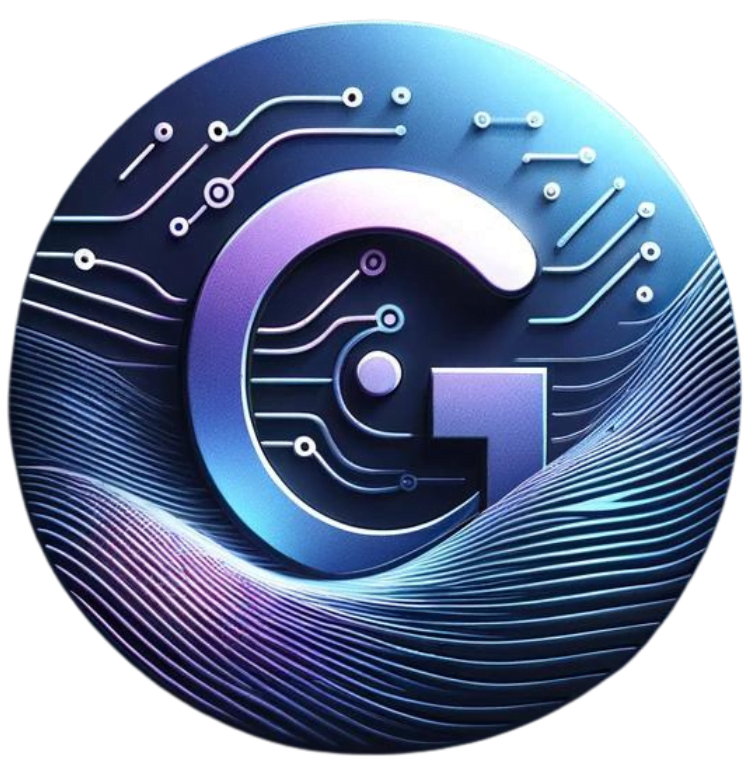How to message to all generations

Correct messaging is cititcal
Effective communication is the cornerstone of successful interactions, whether personal or professional. However, the way people communicate can vary greatly depending on their generational background. This article explores the communication preferences of Baby Boomers, Generation X, Millennials, and Generation Z, providing insights into their unique styles and the implications for effective communication strategies.

Generational Overview
To understand communication preferences, it’s essential first to define the generational cohorts:
- Baby Boomers (1946-1964): Born post-World War II, this generation experienced significant societal changes and technological advancements.
- Generation X: The bridge between the analog and digital eras, often characterized by their adaptability.
- Millennials: Digital pioneers who grew up with the internet and mobile technology.
- Generation Z: True digital natives, immersed in technology from a young age.
Baby Boomers
Communication Style
Baby Boomers value face-to-face communication and formal etiquette. They often prefer direct interactions and structured conversations.
Technological Adaptation
While Baby Boomers have adapted to using email and phone calls, their use of social media remains limited compared to younger generations. They tend to use technology as a tool rather than a primary mode of communication.
Professional Communication
In the workplace, Baby Boomers favor in-person meetings and formal presentation styles. They appreciate structured environments and clear, concise communication.
Generation X
Communication Style
Generation X combines traditional and digital communication, preferring a pragmatic and direct approach. They are comfortable with both face-to-face and virtual interactions.
Technological Adaptation
Early adopters of email, Generation X is also comfortable with mobile phones and texting. They balance traditional and modern communication methods effectively.
Professional Communication
In professional settings, Generation X values both in-person and virtual meetings. They use email for formal communication and are adept at navigating digital communication platforms.
Millennials
Communication Style
Millennials prefer digital communication, favoring informal and immediate interactions. They are comfortable with a variety of digital platforms and tools.
Technological Adaptation
Heavy users of social media, Millennials rely on smartphones and messaging apps for most of their communication. Platforms like Facebook, Instagram, and Twitter are integral to their daily lives.
Professional Communication
In the workplace, Millennials prefer collaborative tools and platforms. They often use instant messaging and video calls for quick, efficient communication, favoring flexibility and informality.
Generation Z
Communication Style
Generation Z, as digital natives, prefer short, visual content and multitasking communication methods. They are accustomed to fast-paced, dynamic interactions.
Technological Adaptation
Extensive users of social media and apps like TikTok, Snapchat, Generation Z prefers visual and interactive communication tools. They are adept at navigating multiple digital platforms simultaneously.
Professional Communication
Generation Z values flexible and remote communication, using multimedia and collaborative platforms to stay connected. They prefer quick, visual communication methods like video messages and multimedia posts.

Comparative Analysis
Face-to-Face vs. Digital Communication
Baby Boomers and Generation X are more comfortable with face-to-face communication, while Millennials and Generation Z prefer digital interactions. This shift reflects the technological environment each generation grew up in.
Formal vs. Informal Communication
Generational attitudes toward formality also vary. Baby Boomers and Generation X lean towards formal communication, whereas Millennials and Generation Z favor informal, casual interactions.
Speed and Efficiency
Response time expectations differ across generations. Millennials and Generation Z expect quick replies and real-time communication, while Baby Boomers and Generation X are more accustomed to delayed responses.
Implications for Businesses
Tailoring Communication Strategies
Businesses must adapt their communication strategies to cater to different generational preferences. This includes offering various communication channels and adjusting the formality of interactions based on the audience.
Customer Service
Providing multiple channels for customer interaction is crucial. While older generations may prefer phone calls or in-person visits, younger customers may favor chatbots, social media, or instant messaging.
Marketing Strategies
Marketing campaigns should leverage generational preferences. For instance, targeting Baby Boomers with traditional media and Generation Z with social media campaigns can enhance engagement and effectiveness.
Technology’s Role in Bridging Gaps
Tools and Platforms
Utilizing communication tools that cater to diverse preferences can bridge generational gaps. Platforms that integrate various communication methods can accommodate different needs and preferences.
Training and Adaptation
Encouraging cross-generational understanding and adaptation is essential. Training programs that promote digital literacy among older generations and emphasize the value of traditional communication for younger ones can foster better interactions.
Conclusion
Understanding and respecting generational differences in communication preferences is vital for effective interaction. By tailoring communication strategies to meet the needs of each generation, businesses and individuals can enhance their engagement and ensure more meaningful connections.
For more information on marketing and tech news, visit georgefeola.io.

